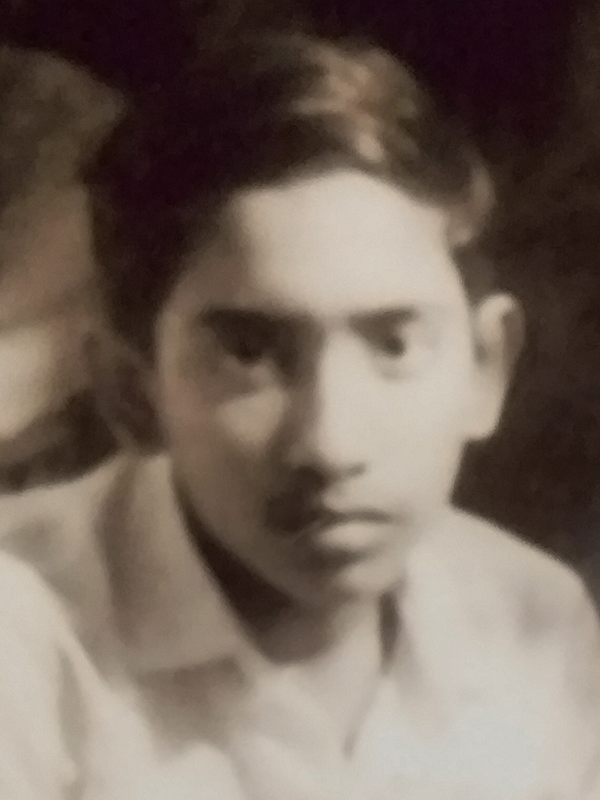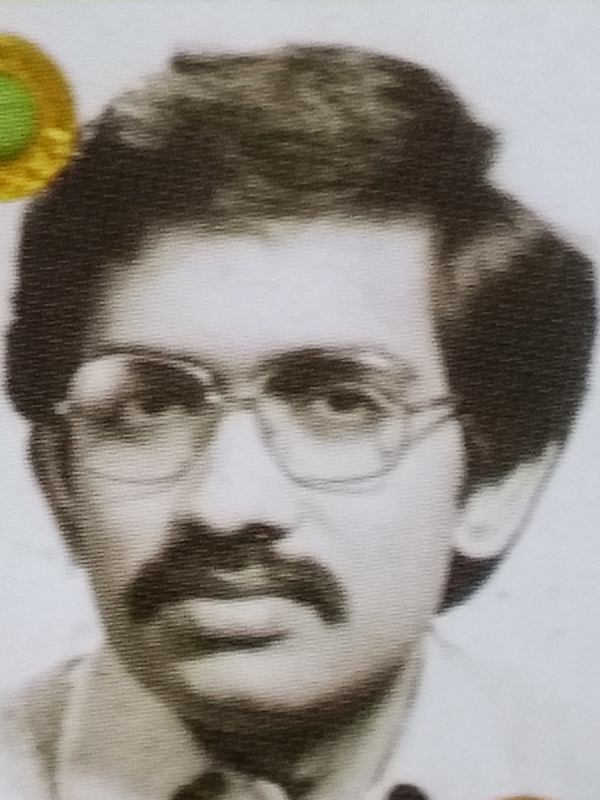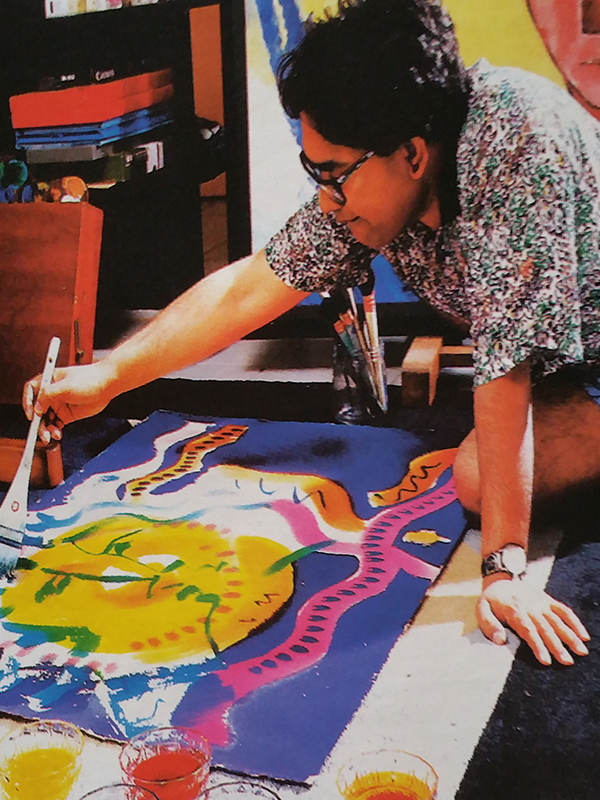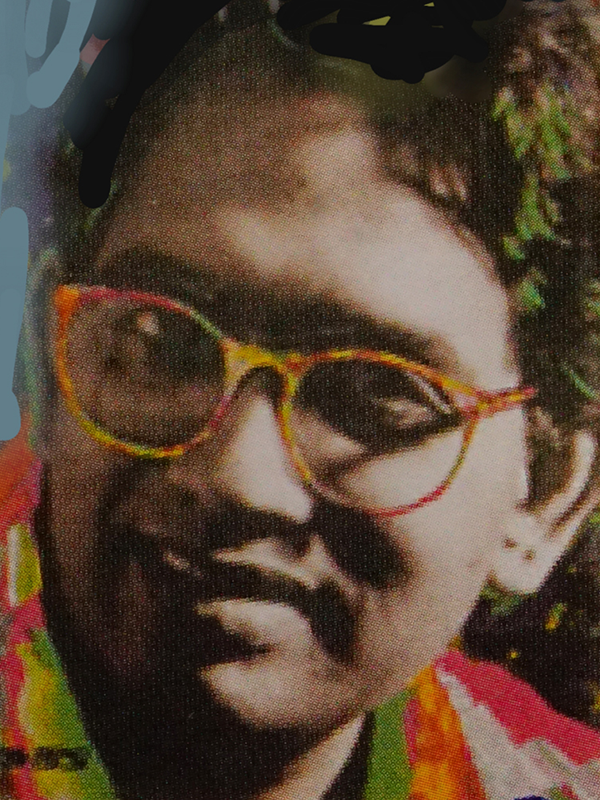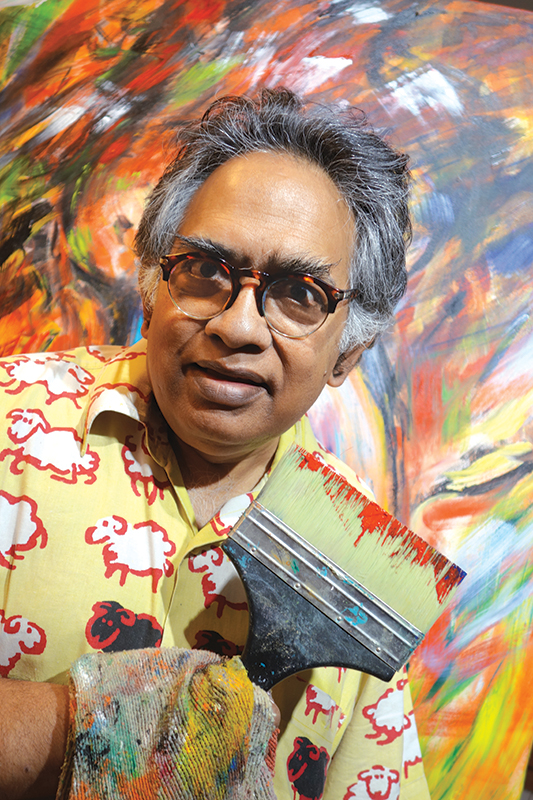TIMELINE
At the age of 5, Sen with his mother in front of their thatched roof, bamboo wall and mud floor squatted home at Shohidnagar refugee camp, 50 km outside Calcutta. Sen grew up here without electricity, sanitation or potable water. His parents had come here as refugees from East to West Bengal during the chaotic partition of India and Pakistan on religious grounds (East Bengal was renamed East Pakistan, and liberated as Bangladesh since 1971). More than a million were killed in riots and 15 million displaced during Independence. From an early age Sen was enormously influenced by the artisans in his neighbourhood.
Many of these East Bengal refugees practiced different crafts for livelihood generation. Watching shell bangle makers, idol and doll craftsmen and clay potters, Sen got involved with clay modeling. He used to spend more time drawing and painting than in his school studies. Subhinoy, an artist friend of his parents who lived outside the refugee camp, inspired Sen to hone his drawing skill. However, he advised Sen never to become an artist to avoid ultimately dying in poverty as his experience was that art has no future in India.
Sen’s father, an active Communist Party leader, was anti-British. He influenced Sen about France being very advanced in art, human rights and camaraderie. Adolescent Sen got immersed into French art and culture while going to Chandernagore, the erstwhile French territory across the Ganges river from his home. Drawing and painting had become a part of his life by then.
Sen’s academic learning of art started at the Government College of Art and Craft, Calcutta, the first British art school in Asia set up in 1869. Sen was deeply impressed by the Modern Art Movement in France since 1870. This sparked his big dream to go to France by any means.
Sen fulfilled his big dream by dropping out of his studies midway, and daringly travelling to France with just $8, the only amount he could muster then. His mother had sold her only asset, a gold marriage bangle, to buy him a return air ticket for Rs 2700 (US$ 349 in 1973) with 3 months visa permit. Here is Sen on 16 November 1973, his second day in Paris, in front of Louvre Museum where he could not afford to enter.
Sen’s first job in France was as a sweeper in an art lithography studio 10 km from Paris. With enormous initial struggle and timely help from kind scientist Dr Pyne, he managed to stay on in France permanently, beyond the 3 months visa granted to him. At the same time he was studying at École nationale supérieure des Beaux-Arts and the School of Design ESAG (Penninghen). In 1974 he had his first solo art exhibition in Paris.
From 1977 onwards Sen could not continue his academic art and design school because of huge money crunch. He found a job in a design and communication firm for livelihood generation, but continued to paint on a vast scale.
Sen by then had acquired an important position in the profession of design communication and became among the most sought after designers in France and across the world. He also got his French nationality in 1984. He continued to exhibit his paintings in different countries.
Sen’s paintings displayed bright colours with vegetal and human expression. He says everything in life is attainable with love and courage, so he coined “love and courage” to be his signature. His painting exhibitions continued alongside in several places.
“Never lose your bold brushstrokes, this gesture is unique to you,” one of his Parisian art professors would always tell him. Having ingrained all the Western art movements, Sen worked towards finding his own direction in art. He invented a new ideology he called Gesturism Art, a style that uses his bold brushstrokes. In Gesturism Art he incorporates his philosophical angle of human life which has a multitude of gestures from birth to death.
From the age of 44, Sen started to come back and forth to India. This gave him quite a different perspective of his country of origin which he had not seen when he left it a quarter century earlier. Within his European framework where he grew up professionally post his teens, he suddenly saw an irreverent usage of colour in India. There were no boundaries, no regimentation, no pattern in the usage of colour. Different people extravagantly used colour for their different types of social to religious to livelihood to lifestyle requirements. There is no colour code to follow. Sen found this to be a huge palette of the freedom of expression. It gave a new dimension to the visual expression of his Gesturism Art.
Sen started to divide his time equally between India and France. In India he discovered the most heterogeneous society of the world where there is no given discipline in social, cultural and working life. In every sense of life he observed physical disorder. Everybody is compelled to find his or her own solution, somewhat like embracing the great living character of survival of the fittest. Sen transported this disorder by turning it into a new style of painting called désordre harmony.
By now Sen was being invited by all the major French salons, city municipalities in France and different galleries across the world to exhibit his Gesturism Art in either solo or group exhibitions. A great French art critic, Patrice de la Perrière defined Sen’s art as having an encrypted aspect for the viewer to discover. Finding juxtaposed treatment of abstraction and figurative in his works of art, he gave birth to the definition “Abstract with hidden figuratives.” This grand gesture was a big turning point in Sen’s art. People in different countries also get similarly curious and love to identify the figuratives in his abstract paintings. They take time to enter into his paintings in a systematic trajectory. Splashes of colour with big brushstrokes where living beings hide within the abstract form, that’s the hidden aspect of his expressions that constitute his style of Gesturism Art work.






